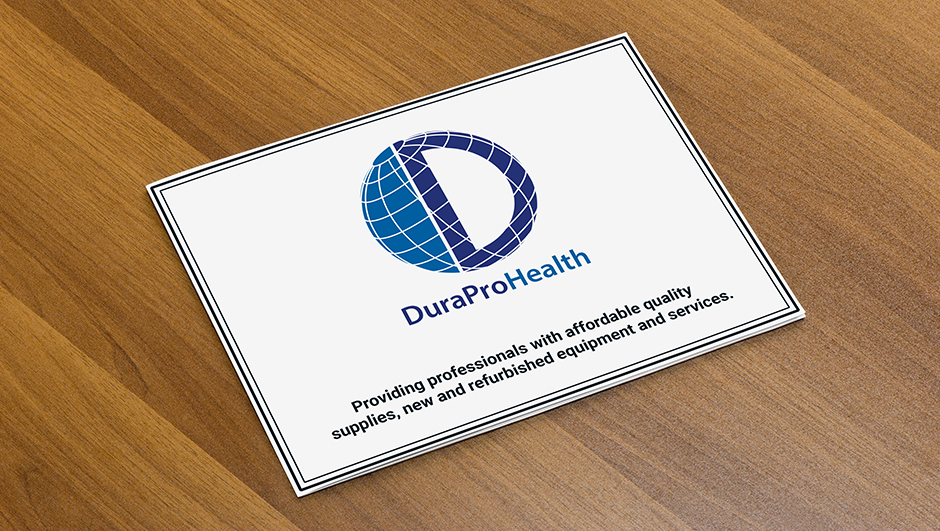Heaters and CO
Space heaters can be a common fixture in the home during the colder months, and when used correctly, they can provide warm relief. However, if space heaters are used improperly, are not kept clear from combustible materials, or are not functioning properly, they can cause fire, electric shock or produce carbon monoxide (CO) gas. See later safety tips on Carbon Monoxide gas.
If you use space heaters it is important to be aware of the proper guidelines for safe use to help reduce the risk of fire or injury to your property and family.
- Use of space heaters should never be allowed by minors unless under the supervision of an adult.
- Only use units that have been listed or labeled by a nationally recognized testing laboratory such as UL (Underwriters Laboratories), CSA (Canadian Standards Association) or ETL (Intertek).
- Keep at least 36 inches of clearance around every space heater and only use them in areas free of flammable liquids and easily ignited or combustible materials.
- Proper placement of the space heater is important. Be sure it is not in a high-traffic area or in any area where it may become a tripping hazard.
 If using an electric space heater, make sure electrical cords and plugs are not frayed or damaged. Always plug the heater directly into the wall outlet, and be sure the power cord is not crossing a walkway. Never use extension cords or power strips, as these could overheat and lead to a fire.
If using an electric space heater, make sure electrical cords and plugs are not frayed or damaged. Always plug the heater directly into the wall outlet, and be sure the power cord is not crossing a walkway. Never use extension cords or power strips, as these could overheat and lead to a fire.- Be sure space heaters are never left unattended. They should be turned off when the adult leaves the room and they should be unplugged when no one is home.
Maintenance and Inspection of Fuel fired heaters
If you use fuel-fired space heaters in your home, have them inspected annually to ensure that they are properly adjusted and clean. All manufacturers’ instructions for proper use and maintenance inspections should be properly performed.
- Check safety devices, such as overheating, oxygen depletion, tip over and touch sensors.
- Inspect fuel lines and tanks for possible damage, corrosion or leaks.
- All exhaust ducting and flues must be free of blockage, duct separation, corrosion, holes and any other damage.
- Be sure the exhaust flow is unobstructed.
- Inspect all vents and gaskets for blockage, corrosion, leaks, holes and any other damage.
- Verify controls work properly before turning on or igniting a space heater.
Carbon Monoxide CO is a colorless, odorless gas produced by the incomplete burning of any carbon-containing material, including gasoline, natural gas, propane, coal or wood. CO is dangerous because it replaces oxygen in the blood and interferes with the transport of needed oxygen to cells in the body.
Many incidents involving carbon monoxide poisoning can be prevented — with the right preparation. Start with these eight tips to help keep your home and family safe from carbon monoxide.
 Know the risks of carbon monoxide.
Know the risks of carbon monoxide.
Anything that burns a fuel — such as a furnace, fireplace, generator, gas appliance or car — produces a toxic by-product: carbon monoxide (CO). When these devices are properly maintained and vented, this colorless, odorless gas can be effectively dispersed and channeled out of your home. At lower concentrations, victims may experience such symptoms as a headache, dizziness, weakness, nausea, vomiting, chest pain and confusion. But at higher concentrations, CO can quickly cause a loss of consciousness, even death.
Keep your vents clear.
During and after a storm, make sure nothing is obstructing the outside stack or vent for your dryer, stove, furnace and fireplace. Take special care to prevent snow from building up and blocking these critical exits for dangerous gases.
Do not run engines in a closed area.
Proper ventilation is critical to avoiding CO poisoning. So do not start a car, fire up a grill or stove, or run a generator in a closed area — like a basement or garage. Even if you leave the garage door open, carbon monoxide gas can quickly build up to toxic levels.
Keep fireplaces clean and well vented.
If you have a wood-burning fireplace or stove, make sure you keep it clean and that the flue is working properly. Even if the last embers are just smoldering, keep that flue open to let the gases escape.
 Install enough CO alarms.
Install enough CO alarms.
If you have fuel-burning appliances, a fireplace or an attached garage, consider installing a CO detector in your home. At the minimum, you will want one on every level (including the basement), within the vicinity of each sleeping area. If you do hear the CO alarm, immediately move to fresh air and call 911.
Maintain your CO alarms regularly.
Keep in mind that CO alarms do need to be maintained regularly. Many come equipped with a battery backup to ensure uninterrupted operation, even if the power goes out. But you will need to remember to change your batteries at the frequency recommended by the manufacturer, like you do with your smoke detectors.
